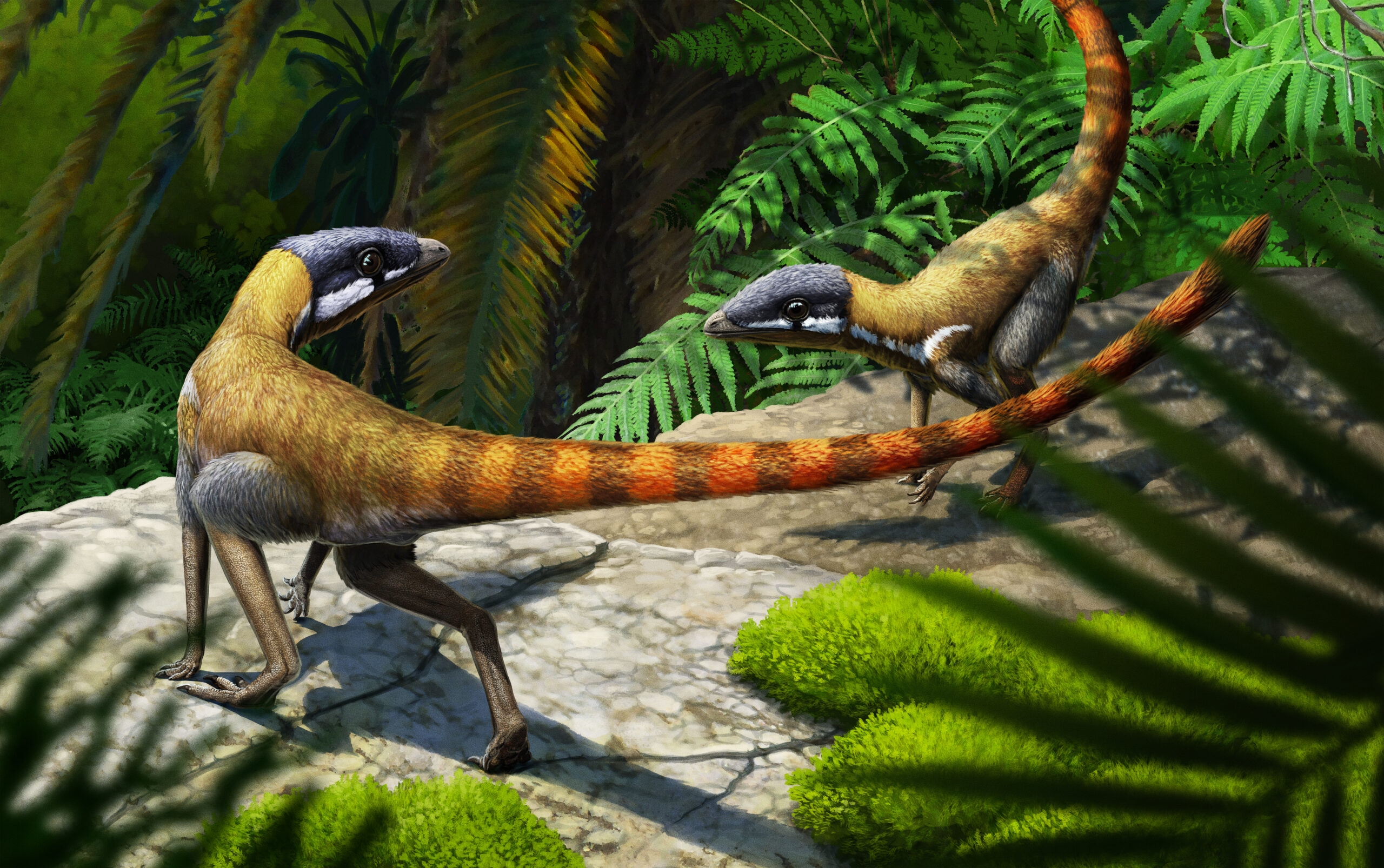
Mystery fossil found to be an early relative of pterosaurs
A small, bipedal creature that lived in the Triassic, Scleromochlus taylori has often been the subject of a debate over its place in the tree of life. The first specimen was discovered over 100 years ago in northeastern Scotland.
In a new study led by Dr. Davide Foffa of National Museums Scotland, along with scientists at the University of Birmingham and Virginia Tech, CT scans were used to reconstruct the skeleton of S. taylori. The virtual reconstruction revealed that the small reptile is part of pterosauromorpha, meaning it’s a close relative to pterosaurs. Pterosaurs are the group containing the famed pterodactyl. More specifically, S. taylori seems to be related to the family lagerpetidae.
Lagerpetids were cat or dog-sized reptiles living 240 to 210 million years ago, but S. taylori was even smaller at just under 20 centimeters long. The CT scans support the idea that S. taylori bridges the gap between Lagerpetids and pterosaurs, being a step towards the flying reptiles.
“It’s exciting to be able to resolve a debate that’s been going on for over a century, but it is far more amazing to be able to see and understand an animal which lived 230 million years ago and its relationship with the first animals ever to have flown,” said Dr. Foffa.
“This is another discovery which highlights Scotland’s important place in the global fossil record, and also the importance of museum collections that preserve such specimens, allowing us to use new techniques and technologies to continue to learn from them long after their discovery.”
“The Elgin reptiles aren’t preserved as the pristine, complete skeletons that we often see in museum displays. They’re mainly represented by natural moulds of their bone in sandstone and – until fairly recently – the only way to study them was to use wax or latex to fill these moulds and make casts of the bones that once occupied them,” explained Professor Paul Barrett at the Natural History Museum.
“However, the use of CT scanning has revolutionized the study of these difficult specimens and has enabled us to produce far more detailed, accurate and useful reconstructions of these animals from our deep past.”
The research, which is published in the journal Nature, highlights how modern techniques can breathe new life into the study of old fossils and improve our understanding of evolution.
Image Credit: Gabriel Ugeuetto
Check us out on EarthSnap, a free app brought to you by Eric Ralls and Earth.com.
—
By Zach Fitzner, Earth.com Staff Writer













